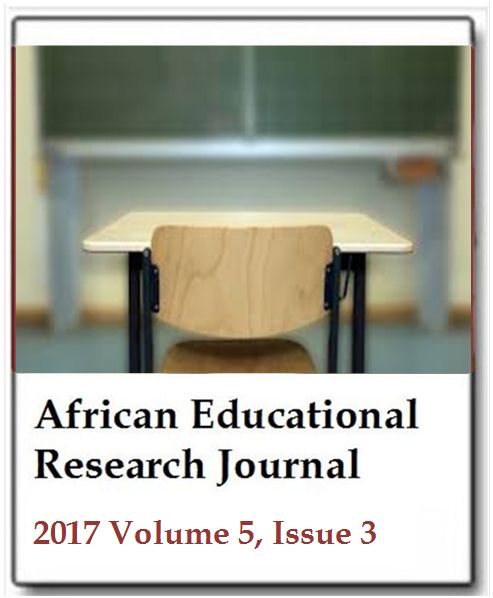Public school toilets: A curse or blessing for girls with physical impairment
Gilliet Chigunwe and Deliwe TembachakoAfrican Educational Research Journal
Published: August 31 2017
Volume 5, Issue 3
Pages 200-206
Abstract
The study was set to assess the effects of inaccessibility of school toilets to girl pupils with disabilities. Statistics staggered around the world reveal that 2.4 billion people lack access to basic toilets. According to UNICEF report, more than half of the schools in the developed world lack private toilets. Whilst this is so, people with disabilities do not only lack privacy in terms of toilets but face challenges in accessibility of these toilets especially in developing countries. World over, most nations including Zimbabwe have domesticated the United Nations Declaration Charter on equalisation of opportunities for People with Disabilities (PWDs). Zimbabwe Ministry of Education Policy Minute No. 36 of 1996 saw the enrolment of children with disabilities in their home schools. In spite of the Government policies on sanitary facilities that meet the needs of PWD, it had been observed that some toilets in Bindura town of Zimbabwe did not meet the requirements of inclusive education. Earlier study revealed that school toilets were inaccessible or difficult to access by pupils with physical disabilities. Inaccessibility of school toilets seemed to adversely affect females with disabilities much more than males with disabilities. By the time this research was done, the researchers had not come across a study that assessed the effects of inaccessibility of toilets to girl pupils with disabilities. Qualitative methodology was used for this study and grounded method was used. Data was collected through interviews and observations. The following question guided the study: To what extent are school toilets accessible to pupils with disabilities? Does inaccessibility to school toilets have more effects to girls with disabilities?
Keywords: Sanitary infrastructures, toilets, girls with disabilities, accessibility, inclusivity.
Full Text PDF
